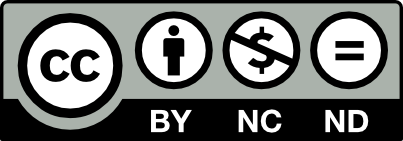Túschur (TOO-shur)
Board Game
The Board
The game board of "Túschur" is a square grid, reflecting a blend of tactical precision and the mystical essence of ancient lands. It features a 10x10 grid, making for a total of 100 squares. This size offers a complex play space without being overwhelming, allowing for nuanced strategy and movement.- Material and Design: The board is made of dark, aged wood, inlaid with lighter wood or stone to demarcate the squares. Each corner of the board features intricate Celtic knotwork, symbolizing the intertwining fates of the players.
- Special Zones: Four squares (2x2), located at the center of each board edge (not corners), are marked with a distinctive spiral or triskelion design, indicating "Druid Circles." Pieces entering these squares gain temporary abilities, such as moving an extra square or jumping over an opponent's piece once.
- Territory Markers: The middle row of the board is marked with a subtle rune pattern, distinguishing the dividing line between the two players' starting territories. This visual cue adds to the game's thematic depth, representing the contested lands.
The Pieces
Each player starts with 18 pieces, crafted from polished stone, wood, or bone for each player in contrasting colors.- 1 Leader (Ceannaire): The most crucial piece, distinguished by a carving of a torc, symbolizing authority and leadership. The game's objective is to protect your Leader while strategizing to threaten your opponent's.
- 2 Druids (Draoithe): Identified by an oak leaf or crescent moon carving, they move diagonally and can immobilize an opponent's piece once per game when in a Druid Circle.
- 4 Warriors (Laíochra): Symbolized by a sword or spear, these pieces move in straight lines, embodying the warrior's direct assault.
- 4 Knights (Ridirí): Bearing a horse's head, moving in an L-shape to represent the mobility of cavalry.
- 4 Archers (Boghdóirí): Marked with a bow and arrow, moving diagonally and able to leap over one piece, showcasing the archer's reach.
- 1 Chariot (Carbad): The most versatile, with a chariot symbol, it combines the movement capabilities of the Knight and the Warrior but is limited to three squares per turn.
- 2 Bonded (Ceangailte): Flanking the Chariot, these pieces are marked with intertwined symbols representing their connection. They have unique abilities:
- Covert Movement: The Bonded can move one square in any direction, including diagonally, unseen by opposing pieces except the Leader and Druids.
- Leadership Succession: In specific board situations, such as the Leader being in immediate threat of capture, a Bonded piece can assume the role of Leader, gaining its movement capabilities but not its special Druid Circle abilities.
- Hostage Exchange: A Bonded piece can be "captured" by an opponent's piece and held, immobilizing the capturing piece. The player can exchange the Bonded piece for any of their captured pieces, except the Leader, on their next turn. The Bonded piece is placed by their Leader in a position chosen by the Leader. If no adjoining space is available, the Bonded is removed from the board.
Gameplay Mechanics
Starting Setup
Players arrange their pieces on the two rows closest to them, with the Leader in the center of the first row, Druids beside the Leader, then Warriors, Knights, and Archers, the Chariot in front of the Leader, and the Bonded pieces flanking the Chariot.Winning the Game
Victory is achieved by capturing the opponent's Leader or trapping it so it cannot move without being captured.Special Abilities and Rules
Each piece type brings strategic roles into play, with the Bonded pieces adding a layer of strategy through their covert movements, potential for leadership, and unique hostage exchange mechanic.


Item type
Miscellaneous

























































